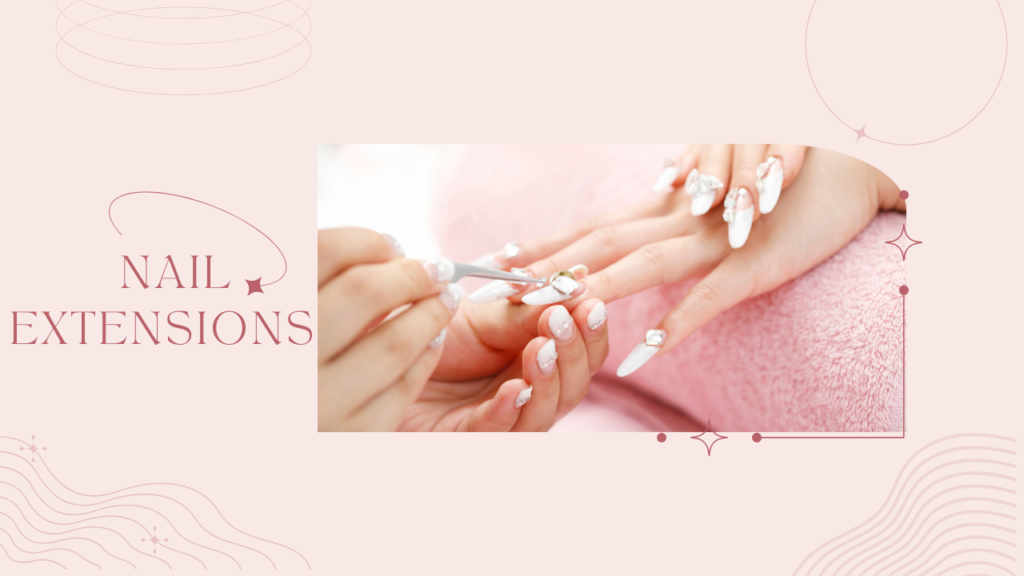nail polish
The Art and Science of Nail Polish: A Comprehensive Guide Nail polish, no longer just part of personal grooming and fashion across cultural and geographical lines, has added to an impressive look to the nails but turns out to be a medium of self-expression. As the history of nail polish ranges from ancient roots to modern innovations in the field of science, art, and culture, it is now quite fascinating. In this chapter, we’re going to learn about the history, makeup, types, techniques to apply it, trends in its usage, and impacts it has on nails other than knowing how to keep your nails healthy. 1. History of nail polish Ancient Origins The history of nail decoration dates back more than 5,000 years. The earliest accounts about nail coloring originate from ancient China, around 3000 BCE, where beeswax, egg whites, gelatin, and vegetable dyes were combined to color the nails. In ancient Egypt, the application of henna on the nails was widespread, and the color often indicated the social status. Nobility used red shades, and those of lower classes chose lighter tones. Middle Ages to the Modern Era It was dying in Europe during the Middle Ages because it was considered an empty practice. However, it became a booming business elsewhere, especially in Asia and the Middle East. The modern nail polish industry as we have today started to boom in the 1920s when French makeup artist Michelle Menard invented the first glossy lacquer based on automobile paint. Contemporary Developments The chip-resistant formulas, gel polish, and nail art pens were found in the 20th and 21st century. Today, nail polish is widely used all around the world with a value of billions of dollars, which tells that it is popular around the world and innovative as well. 2. The Science Behind Nail Polish Composition Modern nail polish is an extremely complex chemical formulation, which consists of the following ingredients: Film-Forming Agents: Nitrocellulose forms the hard, glossy film on nails. Plasticizers: Camphor is one of the plasticizers that make polish elastic and not easily prone to chipping. Solvents: Ethyl acetate and butyl acetate keep it in liquid form so that it can be applied smoothly. Pigments and Dyes: These are used for color and opacity. They may be natural pigments or synthetic dyes. Resins and Polymers: They provide added strength and adhesion. Additives: UV stabilizers prevent colour fading and thickeners regulate viscosity. How it Works When applied to the nail, the solvents of the polish evaporate, and the surface of the nail is coated by the hard film. UV lamps for gel polish or quick dry sprays could make it happen in a shorter time. 3Middle Ages to the Modern Era It was dying in Europe in the Middle Ages because it was considered an empty practice. However, it became a booming business elsewhere, particularly in Asia and the Middle East. The modern nail polish industry as we have today began to boom in the 1920s when French makeup artist Michelle Menard invented the first glossy lacquer based on automobile paint. Contemporary Developments The chip-resistant formulas, gel polish, and nail art pens were found in the 20th and 21st century. Today, nail polish is widely used all around the world with a value of billions of dollars, which tells that it is popular around the world and innovative as well. 2. The Science Behind Nail Polish Composition Modern nail polish is an extremely complex chemical formulation, which consists of the following ingredients: Film-Forming Agents: Nitrocellulose is the nitro compound that forms a hard, glossy film on nails. Plasticizers: One of the plasticizers in polish is camphor, which renders it elastic and not easily prone to chipping. Solvents: Ethyl acetate and butyl acetate retain it in liquid form so that it may be applied smoothly. Pigments and Dyes: These add color and opacity to the nail polish. They can be natural pigments or synthetic dyes. Resins and Polymers: They are added for extra strength and adhesion. Additives: UV stabilizers prevent colour fading and thickeners regulate viscosity. How it Works When applied to the nail, the solvents of the polish evaporate, and the surface of the nail is coated by the hard film. UV lamps for gel polish or quick dry sprays could make it happen in a shorter time. 6. Healthy Nails Nail Care Tips Hydration: Hydrate your nails and cuticles to avoid breakability. Balanced Diet: Rich food in biotin will give healthy nails Breaks: Take a break to your nails between applications as avoiding wear and tear Removal: One may prefer non-acetone remover as well not to remove off because it may remove out nail surface. Common Issues and Solutions Yellowing of Nails: Take Whitening treatment or make breathe for the nails to give polish off. Crushing and Stripping: Never over buff and keep wet nails. Fungal Infections: See a doctor if color and thickness persists. 7. Environmental Impact of Nail Polish Problems Nail polish production and waste produce chemical as well as plastic-based packaging-related pollution. When the solvents and pigments from the manufacturing are not disposed of properly, they become hazardous to the environment. Greener Approach Use a brand whose package is recyclable with nontoxic formula. Dispose of used polish via hazardous waste programs. Market from vegan and cruelty-free companies. 8. Business of Nail Polish Market Trends The nail polish market is surging at a rapid rate, and the demand for gel and breathable formulas is in growth. Consumers are highly driven by Instagram and TikTok websites. A nail polish business can be quite profitable if targeted towards some niches, like organic or even halal-certified polishes. Nail polish is that mixture of art, science, and personal expression that has endured since the very first days of the invention. Because its popularity could well have lasted the test of time; the style has been able to embrace what is in vogue while the time that moves with technology and yet stay approachable






